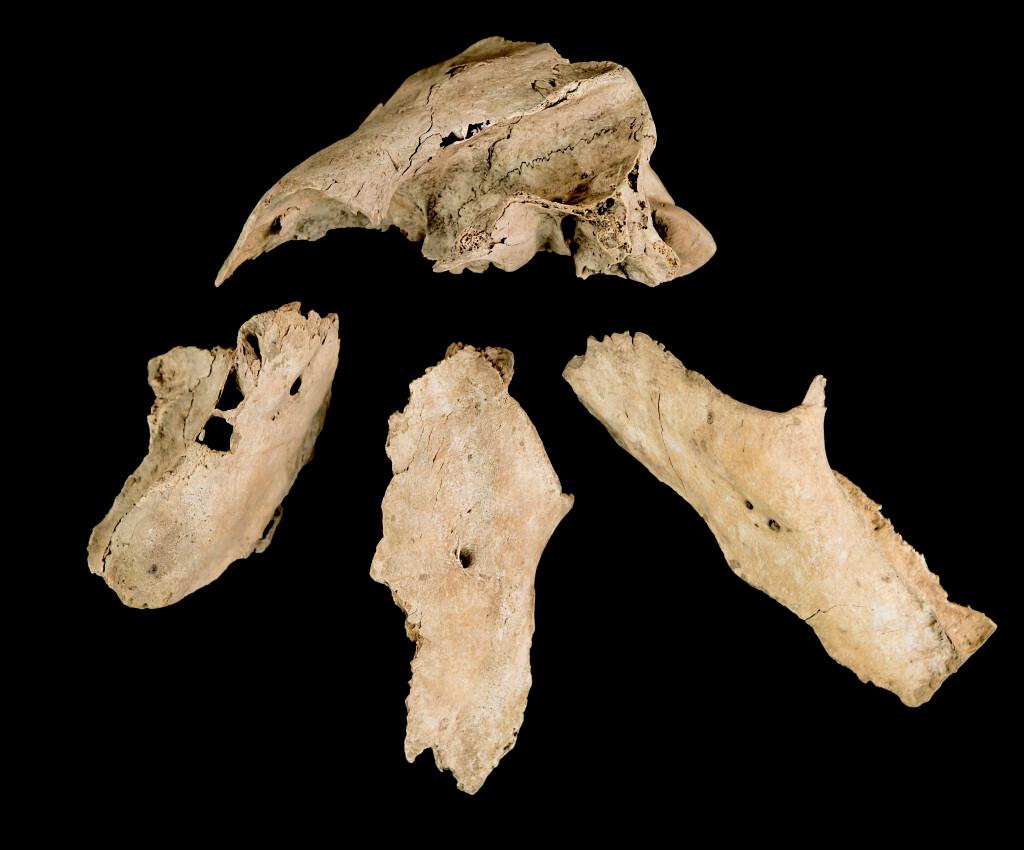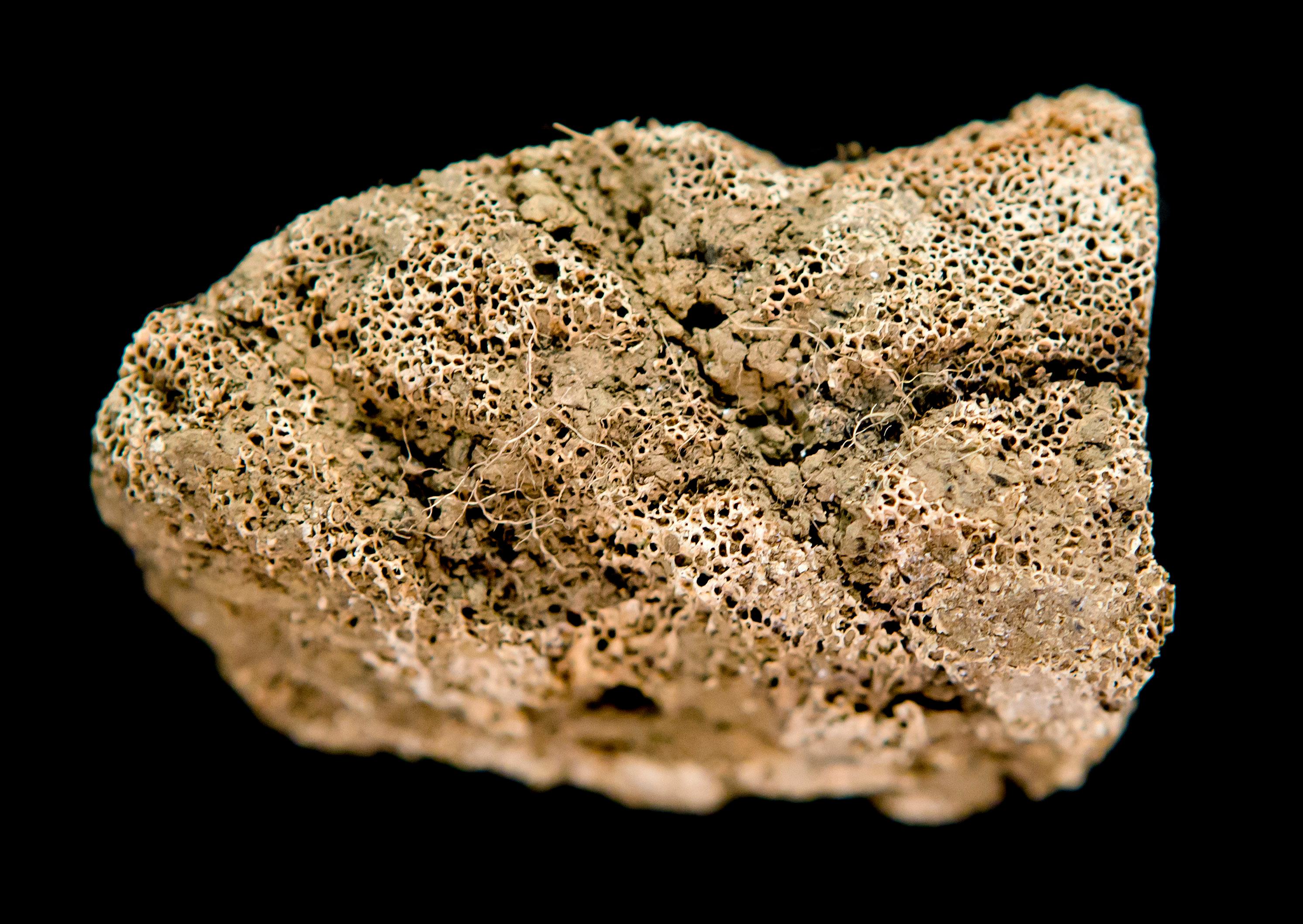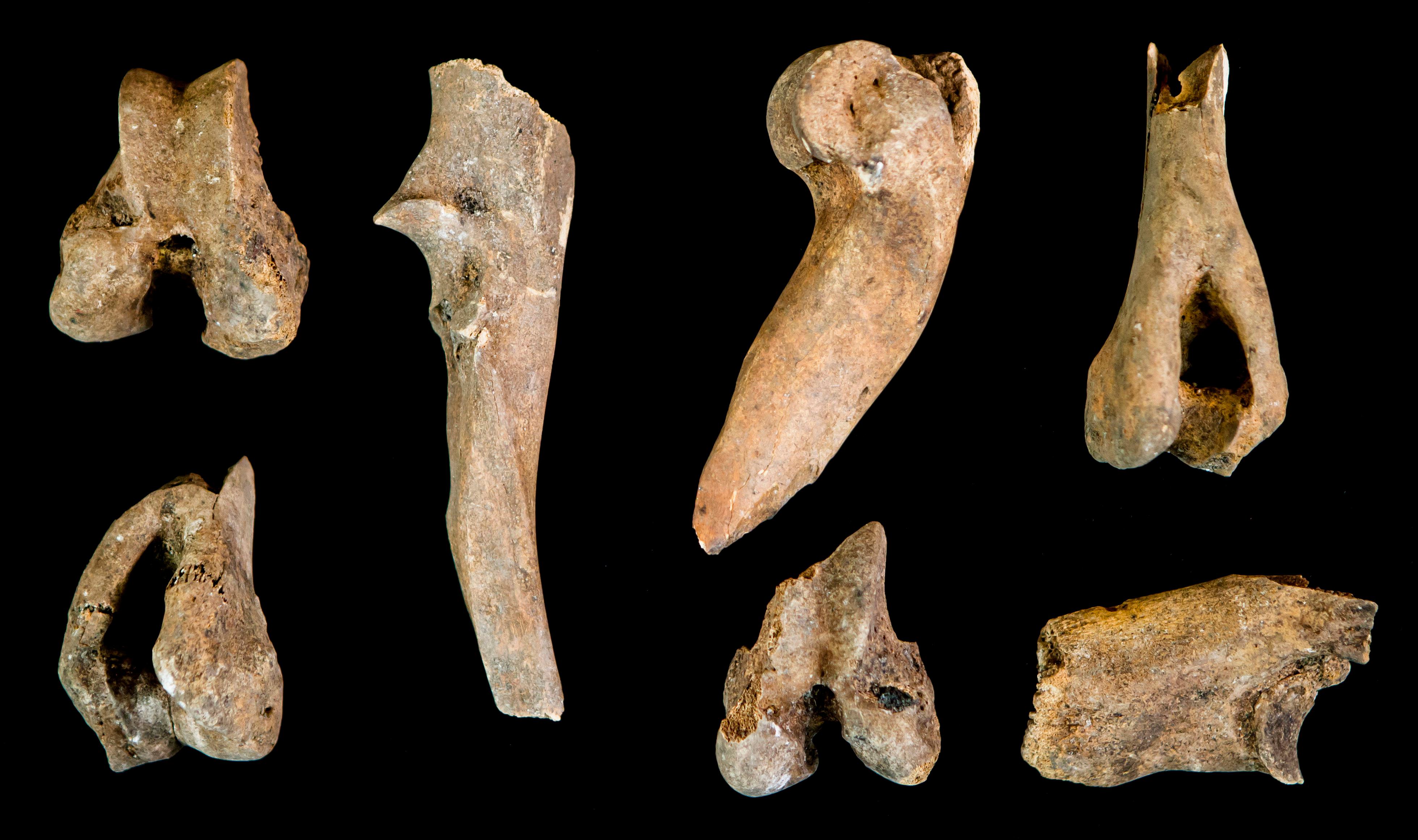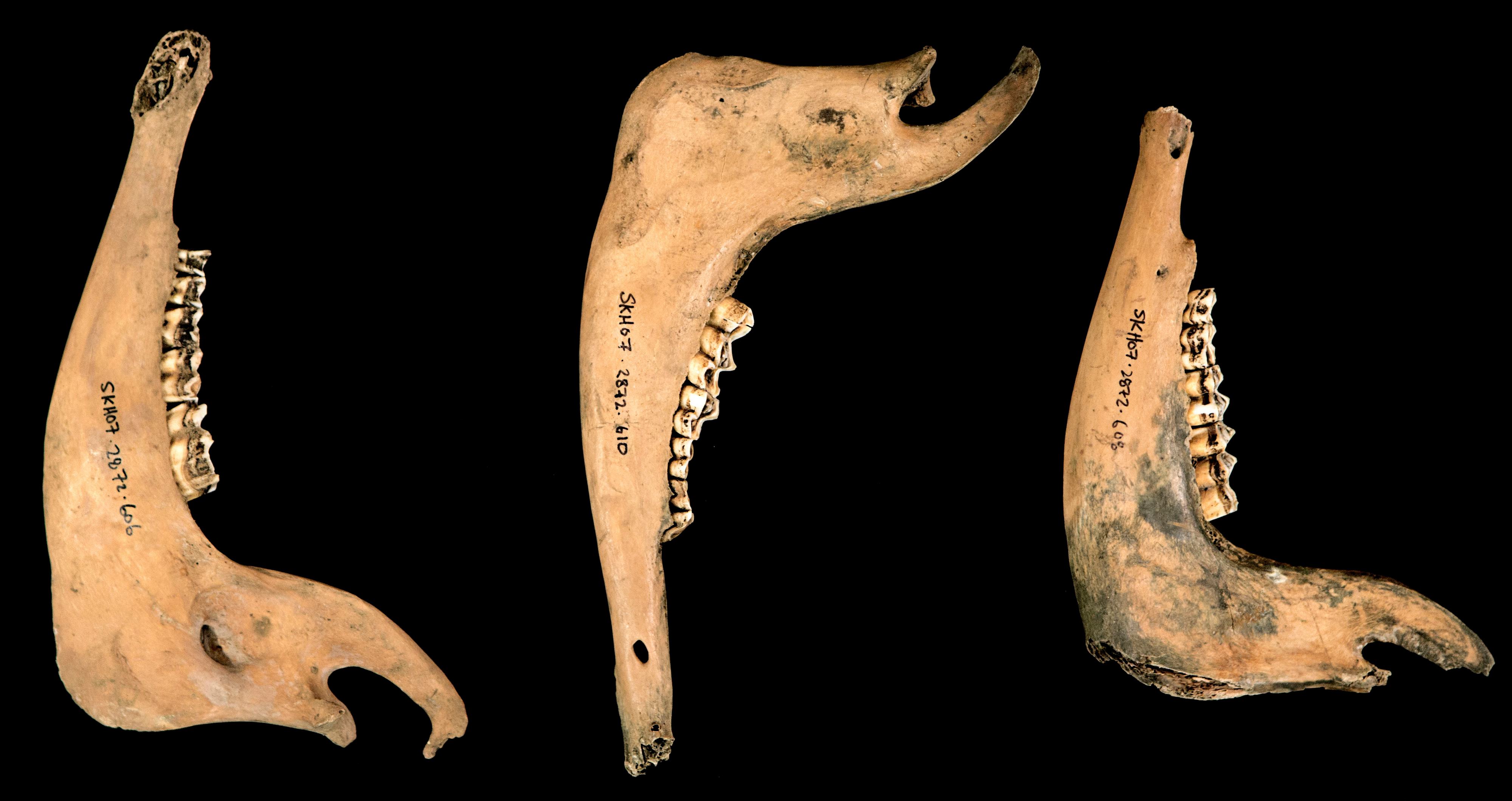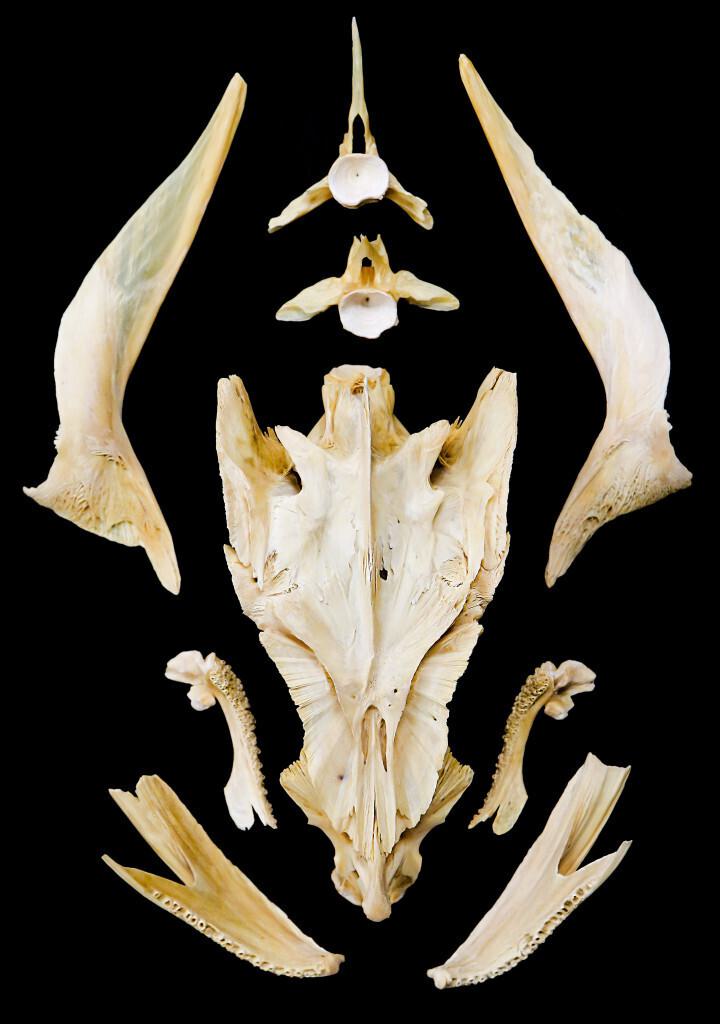- February 09, 2014
- By Liam Farrell
The answer to that question can be found among these bones, cleaned and drying on newspaper in the lab of George Hambrecht, assistant professor of anthropology. The 17th-century leftovers were taken from an archeological dig at Skálholt, an Episcopal cathedral and bishop’s residence in southern Iceland.
Hambrecht describes himself as standing where “archaeology meets climate science”—he studies animal remains to reconstruct historical ecological conditions and learn from their interactions with humans.
This work involves looking at lots of bones. Scroll through the slideshow to see more specimens from Hambrecht’s lab.
